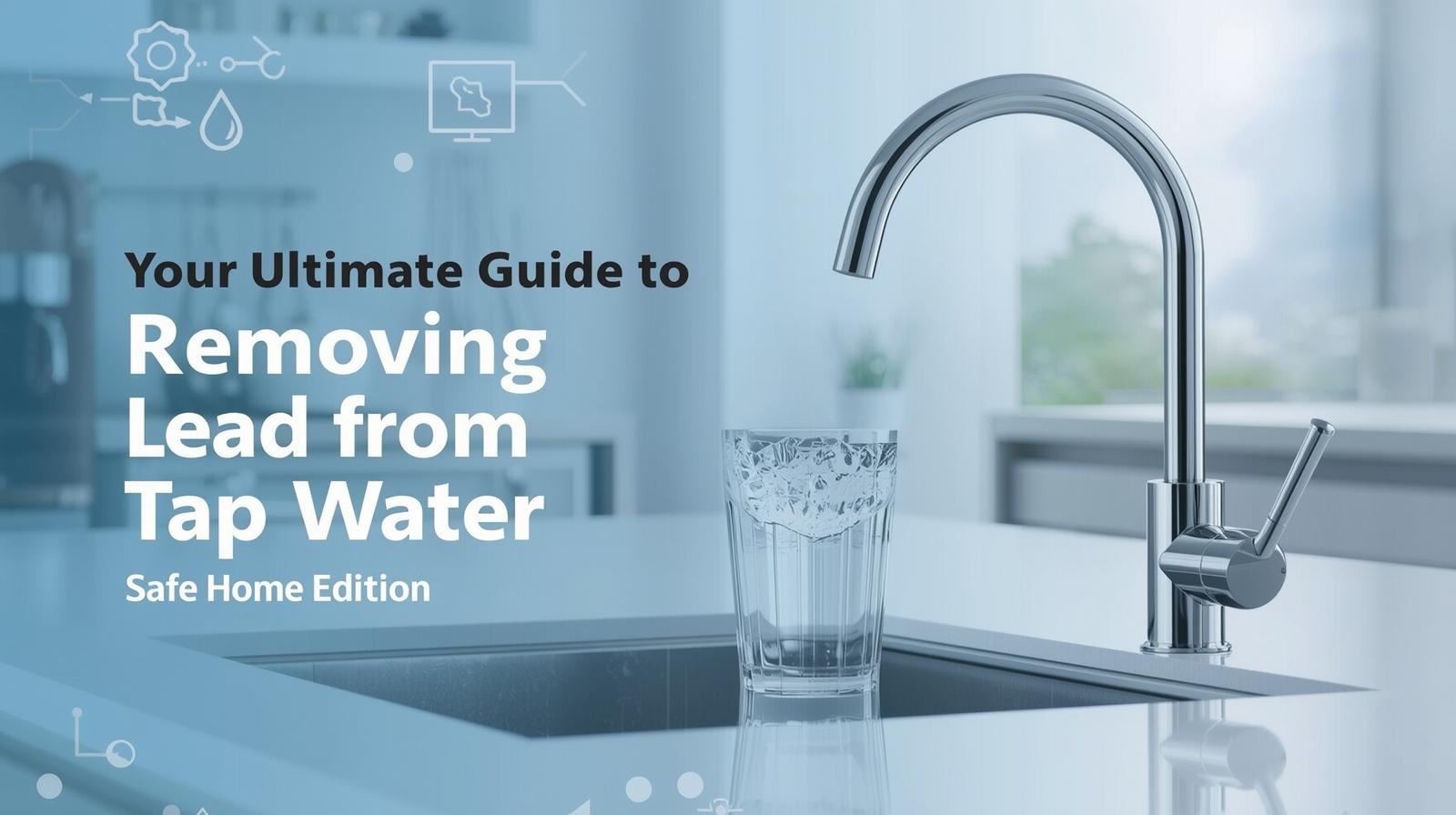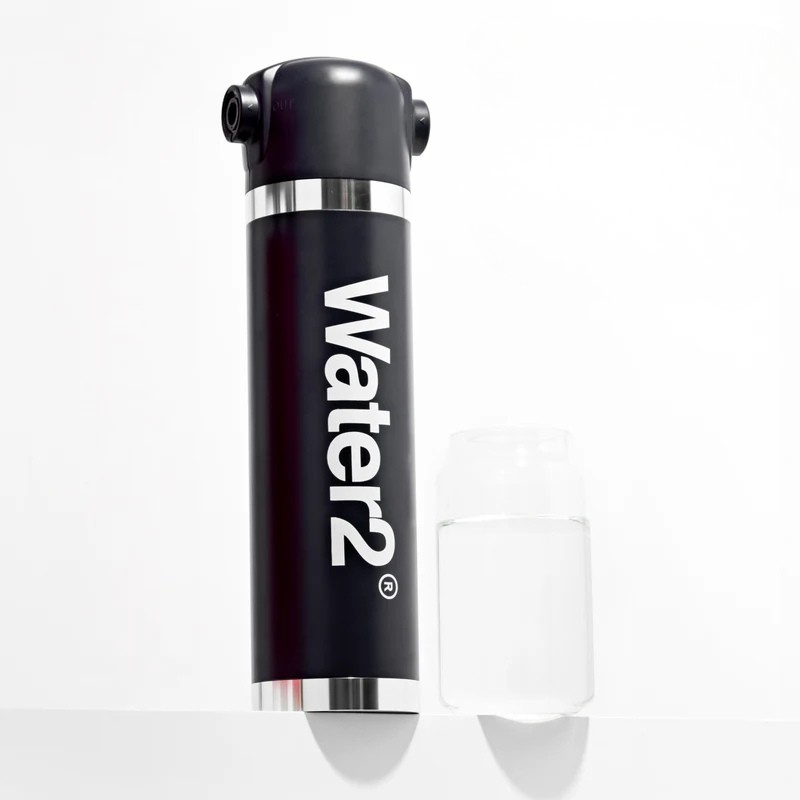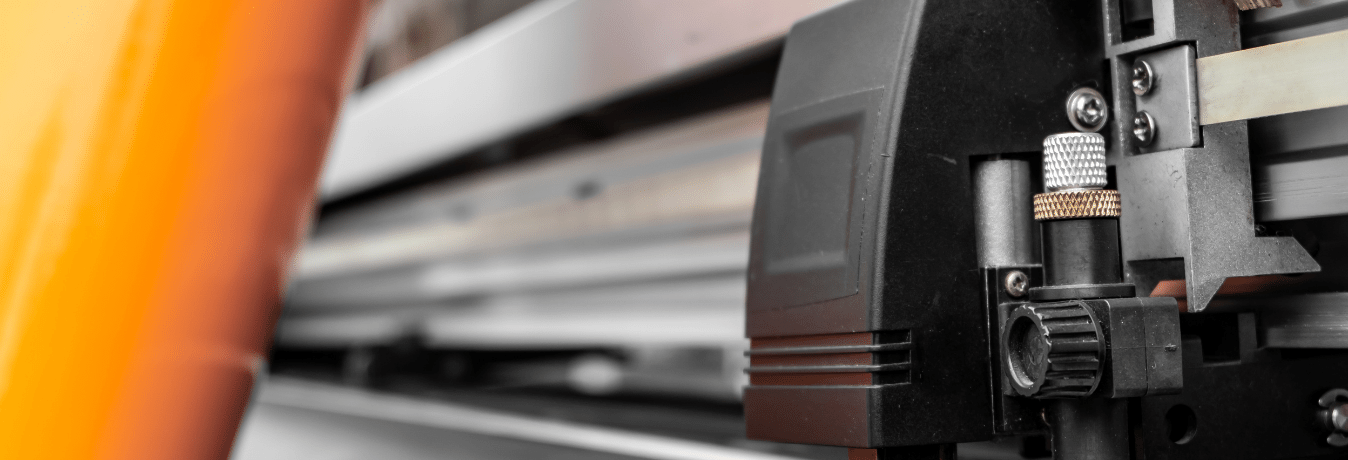Your Ultimate Guide to Removing Lead from Tap Water (Safe Home Edition)

Finding the best water filter for lead removal is a crucial step toward ensuring your family's health and safety. The concern over lead in drinking water is valid, as this heavy metal can leach from old pipes and fixtures, silently entering our homes. Understanding the risks and, more importantly, the solutions is the first line of defense. This guide will walk you through everything you need to know about identifying lead contamination and choosing the right filtration systems to protect your household. We'll explore various options, from whole-house systems to targeted filters, giving you the confidence to make an informed decision for clean, safe water.
Understanding the Threat: How Lead Enters Your Water
Lead is a toxic metal that was once commonly used in plumbing materials, including pipes, solder, and fixtures. In homes built before the 1980s, these components can corrode over time, especially when water has high acidity or low mineral content. This corrosion process releases lead particles into the tap water that flows to your faucets. Even newer homes are not entirely immune, as some fixtures labeled "lead-free" can still contain small, legally permissible amounts of lead.
The problem is that you cannot see, taste, or smell lead in water. The only way to know for sure if your water is contaminated is to have it tested. You can obtain a water testing kit from your local utility provider or a certified laboratory. Once you understand the level of contamination, you can take effective steps to mitigate the issue and safeguard your home's water supply.
Next Generation of Purity: The Water 2.0 Solution
Modern filtration technology, often referred to as Water 2.0, has evolved to specifically target and remove harmful contaminants like lead. These advanced systems use multi-stage processes to ensure comprehensive purification. Unlike basic filters that only address chlorine and taste, these next-generation solutions are engineered to capture heavy metals, providing a much higher level of safety for your drinking water.
Your First Line of Defense: Choosing the Right Water Filter
When it comes to purification, not all filters are created equal. The most effective methods for lead removal include reverse osmosis, distillation, and carbon block filters certified by NSF/ANSI 53. An under sink water filter is a popular and highly effective choice, as it treats water directly at the point of use—typically the kitchen sink where you get most of your drinking and cooking water. These systems are installed out of sight and provide a dedicated faucet for filtered water.
Another excellent option is a countertop filter, which offers convenience and is easy to install without requiring plumbing modifications. For a more comprehensive solution, a whole-house water filter, also known as a point-of-entry system, treats all water as it enters your home. This ensures that every tap, from your kitchen to your bathroom, delivers lead-free water.
FAQ: What type of filter is best for lead?
Answer: Filters certified to NSF/ANSI 53 standards, such as reverse osmosis, specific carbon block filters, and distillation systems, are highly effective at removing lead.
Beyond the Kitchen: Shower Filters and Whole-Home Safety
While drinking water is the primary concern, lead can also be present in the water you use for bathing. Inhaling steam or absorbing water through the skin during a hot shower can also be a route for exposure. Installing specialized shower filters is a smart move to reduce this risk. A good filter for the shower head can remove not only lead but also chlorine and other chemicals, which can improve skin and hair health.
For ultimate peace of mind, many homeowners opt for a complete water softener system combined with a whole-house filter. While a water softener primarily addresses mineral content to prevent scale buildup, pairing it with a lead-rated filtration system creates a powerful duo. This combination ensures that the water throughout your entire home is both soft and free from dangerous contaminants.
Here are some key benefits of expanding your filtration strategy:
A whole-house system ensures every drop of water is treated, from the laundry room to the bathroom sink.
Filtered, softened water is gentler on your pipes and water-using appliances, like dishwashers and washing machines.
Using advanced filtration like a water 2 filter system reduces exposure to a wide range of contaminants, not just lead.
Knowing your entire home is protected provides invaluable reassurance for your family's well-being.
FAQ: Do shower filters remove lead?
Answer: Yes, some specialized shower filters are designed to remove heavy metals like lead, in addition to chlorine. Always check for NSF certification to ensure effectiveness.
The Importance of Targeting All Contaminants: The Fluoride Filter Factor
While lead is a top priority, it's not the only substance you might want to remove from your water. Many public water systems add fluoride to prevent tooth decay, but some individuals prefer to remove it for personal health reasons. A dedicated Fluoride Filter can be integrated into your existing setup or chosen as part of a multi-stage system.
Reverse osmosis (RO) systems are particularly effective at this, as they can remove up to 99% of total dissolved solids, including lead, fluoride, arsenic, and pesticides. Combining a lead-rated filter with a fluoride filter gives you granular control over your water quality, allowing you to create the purest possible water for your family. This approach addresses multiple concerns at once, delivering truly clean and safe hydration.
Maintaining Your System: The Starter Kit Replacement Filter
Once you’ve installed your chosen water filter, maintenance is key to its continued effectiveness. Filters work by trapping contaminants, and over time, they become saturated and must be replaced. Neglecting to change your filters on schedule can render your system useless and may even lead to a release of trapped contaminants back into your water.
Most systems come with a starter kit replacement filter, but it's essential to follow the manufacturer’s recommended replacement schedule. Mark your calendar or set a recurring reminder. Keeping a spare replacement filter on hand ensures you can swap it out immediately when the time comes. This simple habit is fundamental to maintaining the integrity of your water purification system and guaranteeing that your water remains safe to drink. Consistent maintenance is the final, critical step in your home water safety plan.
FAQ: How often should I change my water filter?
Answer: It varies by filter type and usage, but a general guideline is every 2-6 months for faucet and pitcher filters and every 6-12 months for under-sink and whole-house systems. Always follow the manufacturer's instructions.
Taking Control of Your Home's Water Quality
Protecting your family from lead in tap water is an achievable goal. By testing your water, understanding your options, and choosing a certified water filter, you can take decisive action. Whether you opt for a targeted under sink water filter, a convenient countertop model, or a comprehensive whole-house system with shower filters, the right solution is available. Remember that consistent maintenance, including timely replacement of your filters, is just as important as the initial installation. By investing in a quality filtration system, you are investing in the long-term health and safety of your loved ones.





